The Influence of Japan on the Work of Van Gogh
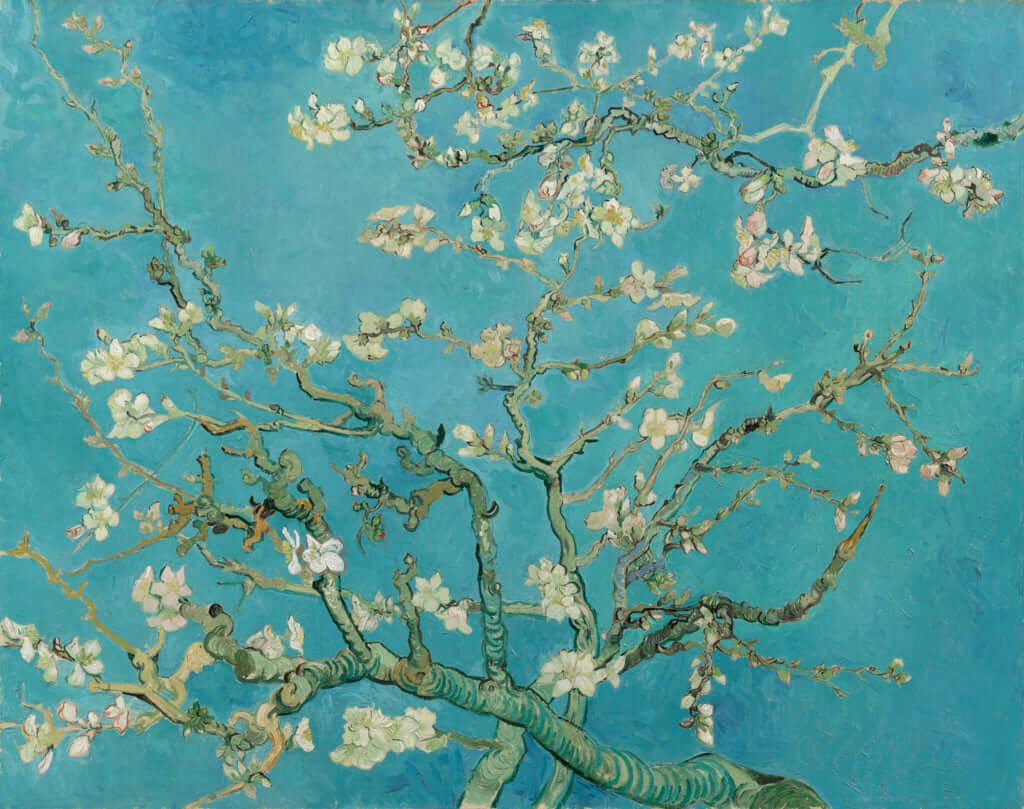
Courtesy of Van Gogh Museum, Amsterdam (Vincent van Gogh Foundation)
Last spring, the Van Gogh museum held an exhibition dedicated to the artist’s Japanese influences. Van Gogh owned a vast collection of ukiyo-e prints (600 to be precise), which had already been put on display back in 1971. These delicately coloured works were a huge source of fascination and inspiration to Van Gogh in his work as a painter.
Van Gogh became so bewitched by their enchanting aesthetic that he positioned himself as an artist from the Japanese tradition even before the term ‘Japanism’ emerged in art criticism in 1872.
His collection of prints had a considerable impact on his career as an artist, as can be seen from his Sower with Setting Sun and Almond blossom, which display the conventions of Japanese works.
Beyond flora, fauna and landscapes, Van Gogh, ever the perfectionist, also took up the techniques seen in Japanese engravings, which were characterised by their flat tints of colour and diagonal lines. Van Gogh thus created a unique style which communicates his enchantment with Japan and his Utopian Japanese ideal.
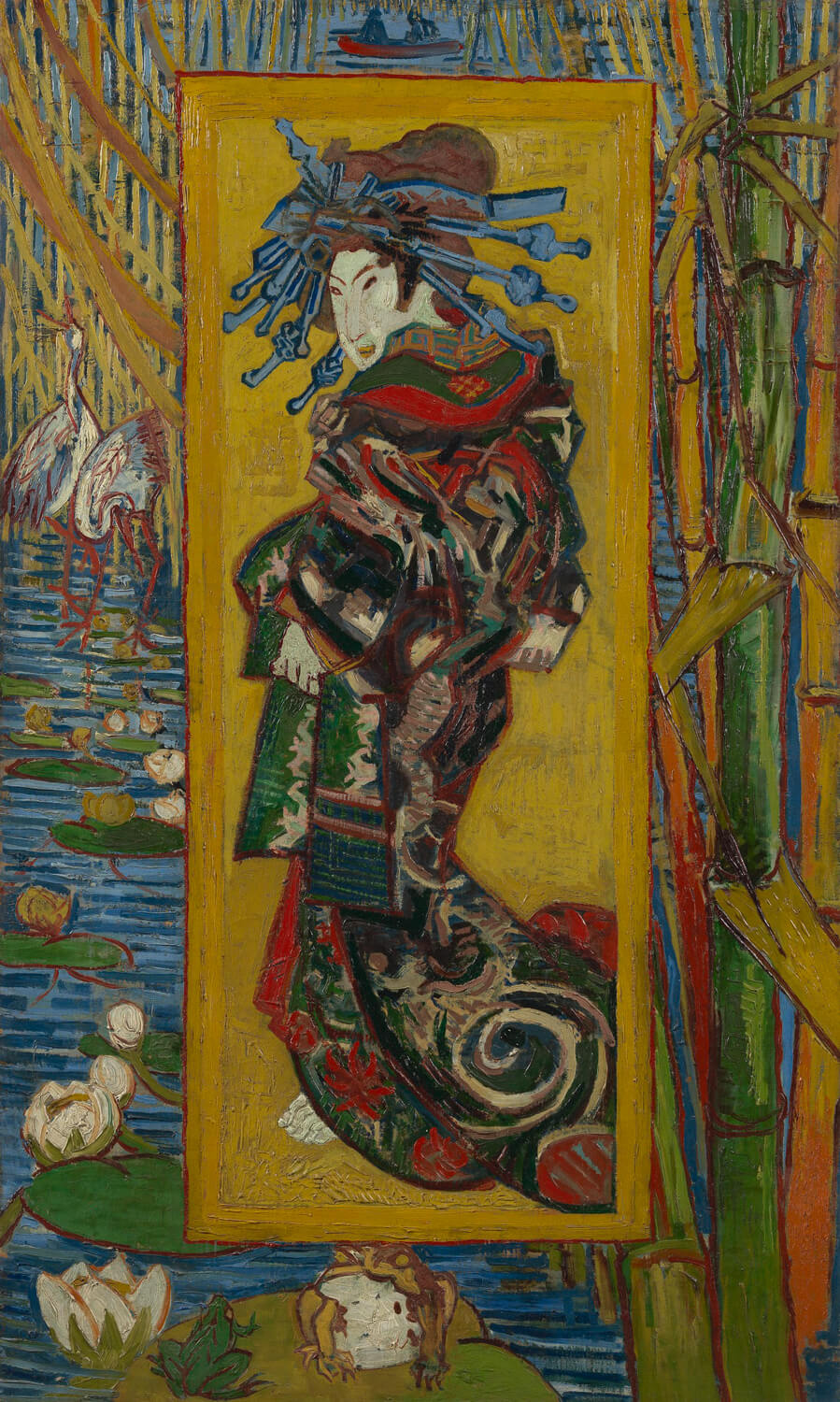
Courtesy of Van Gogh Museum, Amsterdam (Vincent van Gogh Foundation)
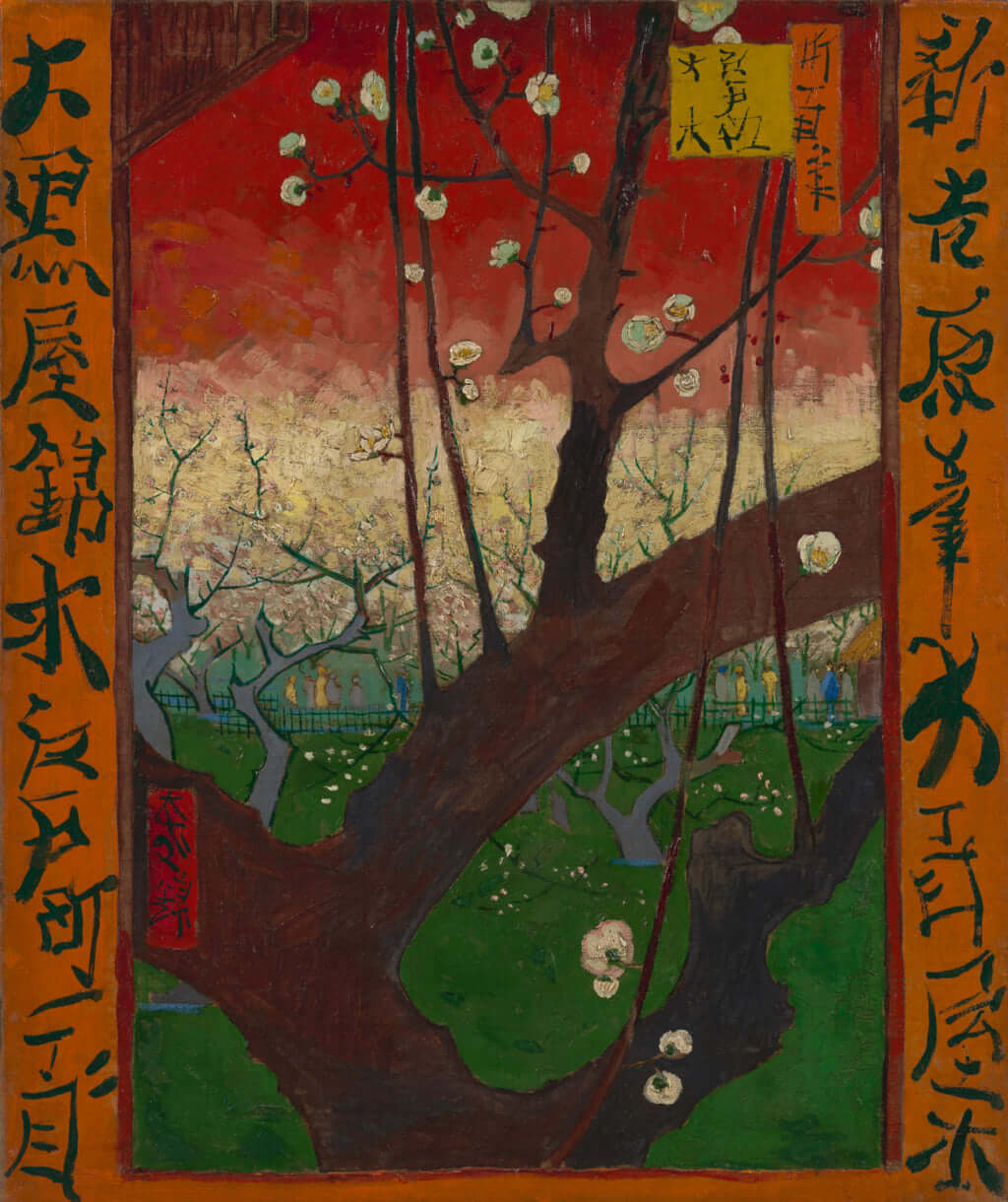
Courtesy of Van Gogh Museum, Amsterdam (Vincent van Gogh Foundation)

Courtesy of Van Gogh Museum, Amsterdam (Vincent van Gogh Foundation)
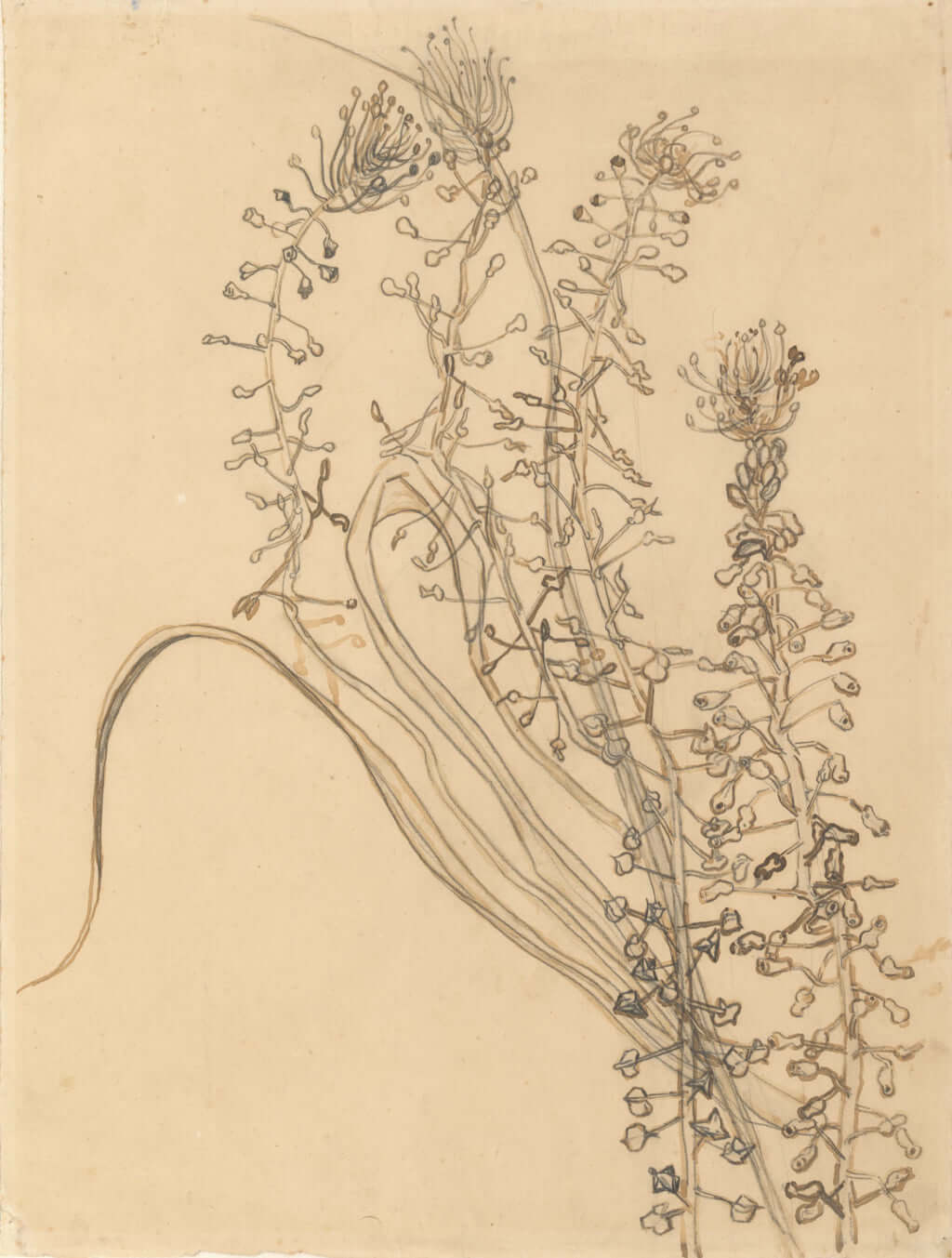
Courtesy of Van Gogh Museum, Amsterdam (Vincent van Gogh Foundation)
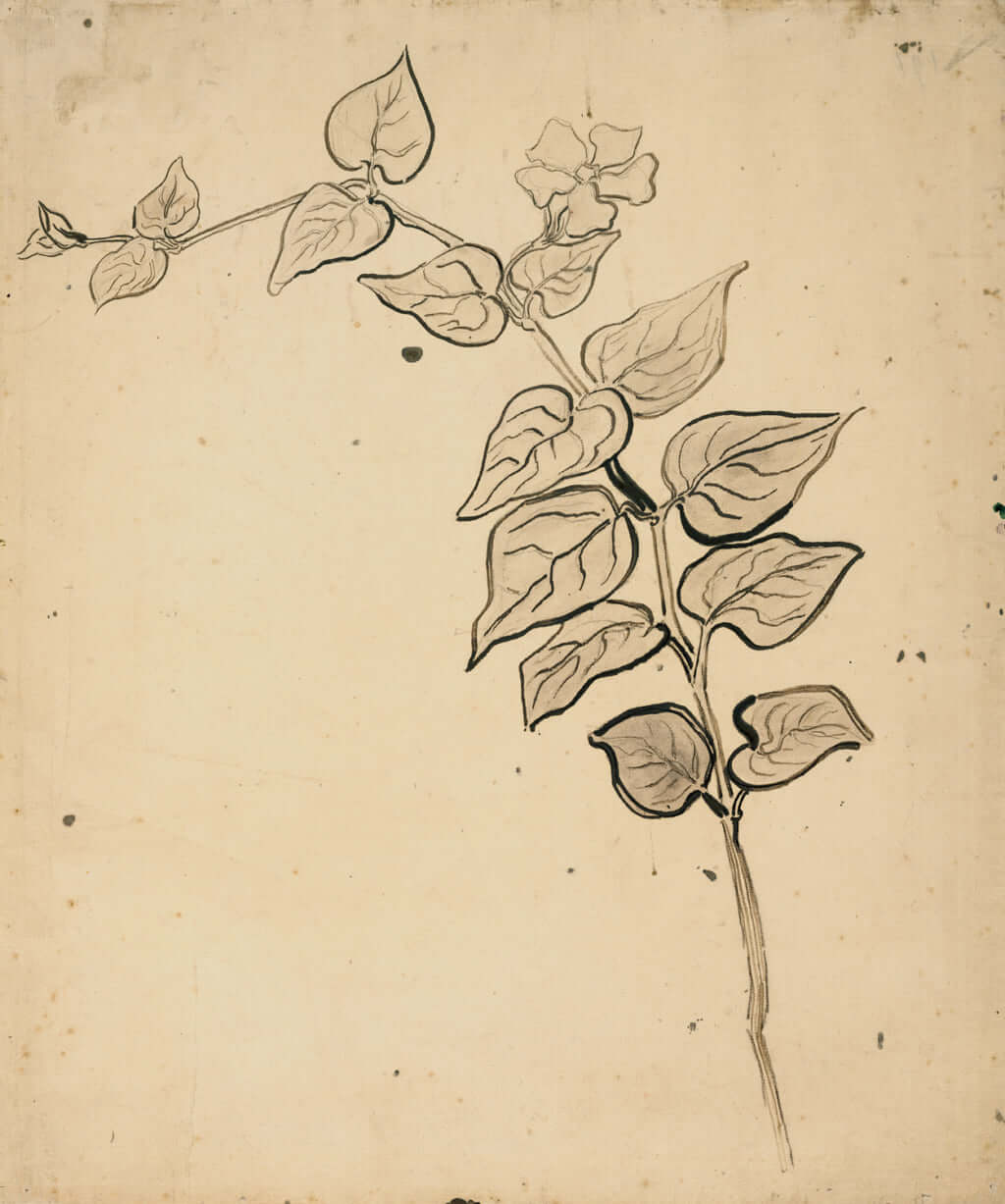
Courtesy of Van Gogh Museum, Amsterdam (Vincent van Gogh Foundation)
TRENDING
-
A House from the Taisho Era Reveals Its Secrets
While visiting an abandoned building, Hamish Campbell discovered photographs the owner had taken of the place in the 1920s.

-
The Taboo-Breaking Erotica of Toshio Saeki
The master of the 1970s Japanese avant-garde reimagined his most iconic artworks for a limited box set with silkscreen artist Fumie Taniyama.

-
With Meisa Fujishiro, Tokyo's Nudes Stand Tall
In the series 'Sketches of Tokyo', the photographer revisits the genre by bringing it face to face with the capital's architecture.

-
Masahisa Fukase's Family Portraits
In his series ‘Family’, the photographer compiles surprising photos in which he questions death, the inescapable.

-
Hajime Sorayama's Futuristic Eroticism
The illustrator is the pioneer for a form of hyperrealism that combines sensuality and technology and depicts sexualised robots.





